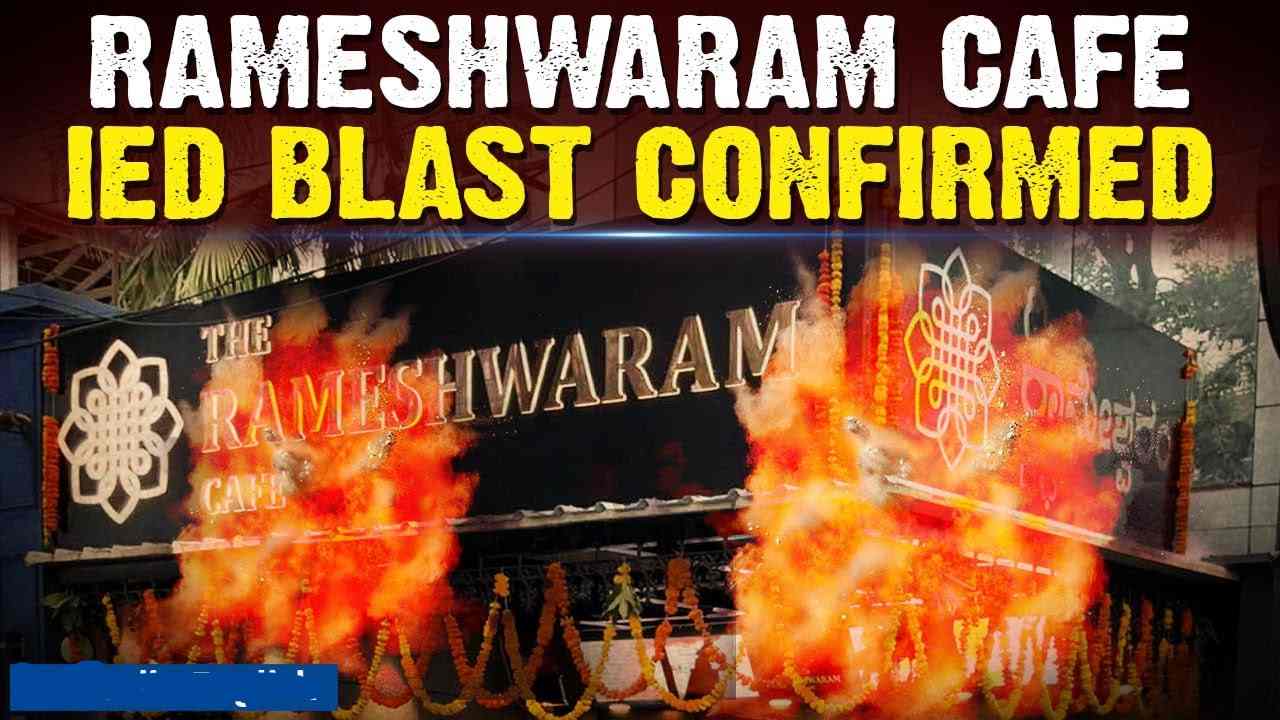Karnataka CM Siddaramaiah suspects IED caused blast at Rameshwaram Cafe in Bengaluru.
Karnataka chief minister Siddaramaiah said on Friday that the blast at the popular eatery Rameshwaram Cafe in Bengaluru might have been caused by an “improvised explosive device” (IED). He said that those responsible will be identified, and strict action will be taken against them.
CM Siddaramaiah Suspects IED Blast In Bengaluru

Speaking to reporters in Mysuru, CM Siddaramaiah said, “CCTV and other things are being examined. We have come to know that someone placed a bag in the afternoon. It is said to be an improvised explosive blast. Investigations are ongoing, and we need to wait for the results.” When asked if it was a terrorist act, the CM clarified that it is not confirmed, and investigations are still in progress.
What Is IED ?
An improvised explosive device (IED) is a homemade bomb or destructive device, according to a government document. They can vary widely in form, ranging from small pipe bombs to sophisticated devices causing significant damage and loss of life. They can be carried in vehicles, by individuals, delivered in packages, or concealed on roadsides.
IEDs History

The IRA utilised bombs crafted from agricultural fertiliser and SEMTEX (general-purpose plastic explosive), which was smuggled from Libya. These materials were employed to create highly effective booby trap devices and remote-controlled bombs. The term gained widespread usage, notably during the Iraq War in 2003.
Sometimes, they might use military stuff, but usually, they use regular ingredients. Things like fertilizer, gunpowder, and hydrogen peroxide can be used to make IEDs. One common example is ANFO, a mix of ammonium nitrate and fuel oil.



